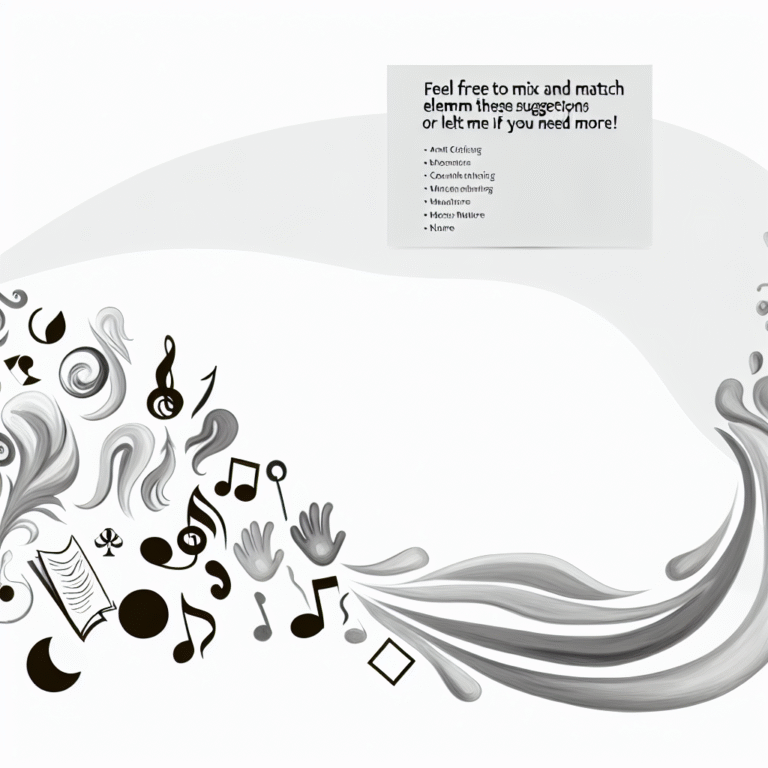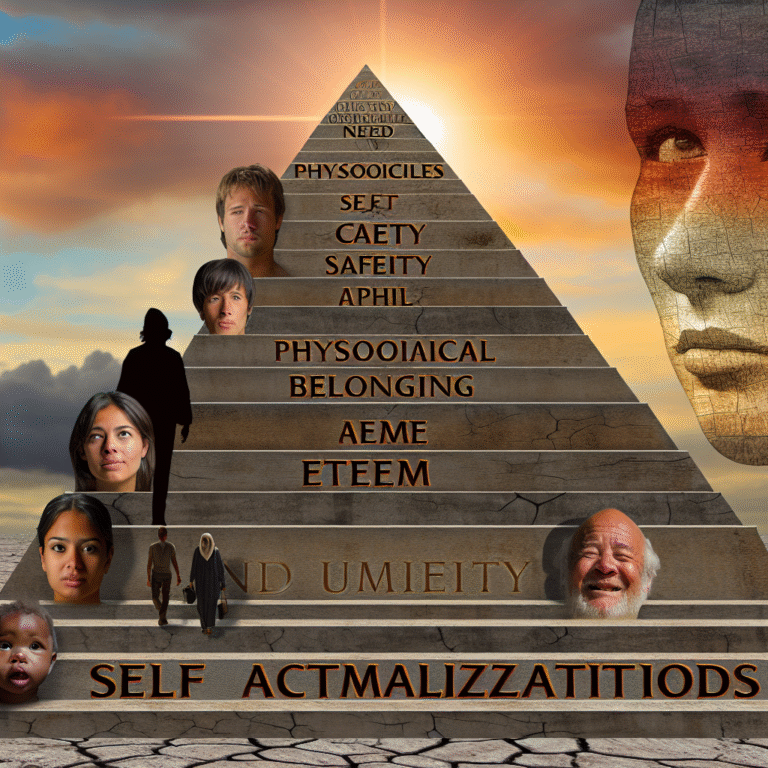
Attachment Styles in Action: How They Influence Conflict, Communication, and Intimacy
Introduction
Have you ever found yourself in the middle of an argument with a loved one, feeling disconnected and frustrated, while the other person seems indifferent to your concerns? The culprit behind these conflicts is often not the disagreement itself but rather the underlying attachment styles that shape how we interact with one another. Understanding attachment styles is essential to improving conflict resolution, communication, and deepening intimacy in our relationships. In this article, we will delve into the intricacies of attachment styles in action: how they influence conflict, communication, and intimacy—empowering you with the knowledge to foster healthier, more fulfilling interactions.
Understanding Attachment Styles
Attachment theory, developed by John Bowlby and Mary Ainsworth, posits that our early interactions with caregivers significantly shape our attachment preferences in adulthood. There are four primary attachment styles:
Secure Attachment: Characterized by a healthy balance of intimacy and independence, individuals with this style are comfortable with closeness and trust others easily.
Anxious Attachment: Individuals with this style often crave closeness but fear abandonment. They may appear overly clingy and sensitive to signs of rejection.
Avoidant Attachment: Those with an avoidant attachment style value independence and often struggle with intimacy. They may withdraw emotionally and resist closeness.
- Disorganized Attachment: This style is marked by instability; individuals may exhibit a mix of anxious and avoidant behaviors, often stemming from trauma or inconsistency in early caregiving.
Understanding these styles is crucial as they profoundly influence how we communicate, resolve conflicts, and form intimate relationships.
The Role of Attachment Styles in Communication
Secure Communication Practices
Individuals with a secure attachment style often communicate effectively and openly. They are comfortable expressing their feelings, seeking help, and giving constructive feedback. Securely attached individuals can navigate difficult conversations, making them key partners in conflict resolution.
Case Study: Sarah and Tom
Sarah and Tom have been married for five years. When a minor disagreement arises over household responsibilities, Sarah expresses her concerns calmly, setting a productive tone for discussion. Tom reciprocates, acknowledging her feelings and offering to renegotiate their tasks. Their secure attachments allow them to communicate openly, showcasing the beneficial role of attachment styles in action: how they influence conflict and communication.
Anxious Communication Challenges
In contrast, individuals with anxious attachment styles may exhibit communication behaviors that amplify conflict. They might seek reassurance excessively or become defensive when they sense their partner is withdrawing.
Case Study: Lisa and Mark
Lisa frequently worries that Mark is not committed to their relationship. When disputes arise, she often resorts to accusations or emotional outbursts. This can cause Mark to withdraw further, leading to a communication breakdown. Here, we see that understanding attachment styles in action can help Lisa and Mark identify these patterns, leading to healthier dialogue and reassurance strategies.
Avoidant Communication Patterns
Avoidantly attached individuals tend to keep emotions at bay, often leading to miscommunication and unresolved issues. They may rely on sarcasm or detachment instead of addressing core feelings.
Case Study: Kevin and Maya
In their relationship, Kevin often dismisses Maya’s feelings, opting to avoid deep conversations about conflict. Instead of discussing their issues, he might deflect with humor, leaving Maya feeling unheard and frustrated. Recognizing these tendencies can lead to a more constructive form of engagement, where both partners feel validated and understood.
Attachment Styles and Conflict Resolution
Secure Attachment: The Problem-Solving Approach
Those with secure attachment styles approach conflict resolution as a collaborative effort. They rely on active listening and strive to understand their partner’s perspective.
Anxious Attachment: The Fear Factor
For the anxiously attached, conflict often triggers feelings of fear and insecurity. They may overreact, exacerbating tensions rather than contributing to a resolution.
Avoidant Attachment: The Silent Treatment
Individuals with avoidant attachment may withdraw when conflicts arise, creating an emotional distance. This approach can prevent resolution as they prioritize self-protection over communication.
Disorganized Attachment: The Cycle of Chaos
Disorganized attachment styles often cycle between anxious and avoidant behaviors, creating unpredictable conflict dynamics. This inconsistency can leave partners confused and exhausted.
Case Study Analysis: Couples in Conflict
A helpful analysis involves a group of couples in therapy facing conflict due to varying attachment styles. By systematically identifying their patterns, the therapist applies different strategies tailored to each couple’s attachment styles, which fosters understanding and ultimately leads to healthier resolutions.
Building Intimacy Through Awareness
Secure Attachment: Cultivating Connection
Individuals with secure attachment experience intimacy as a natural extension of trust and safety in their relationships. They share openly and create environments conducive to mutual growth.
Anxious Attachment: The Search for Closeness
Individuals with an anxious attachment style can cultivate intimacy by addressing their fears and communicating their needs more effectively. Building awareness around their tendencies and encouraging reassurance-seeking behaviors can enhance intimacy over time.
Avoidant Attachment: Finding Balance
For avoidantly attached individuals, engaging in practices that promote emotional vulnerability can enhance intimacy. Learning to express feelings and desires more openly can deepen connections with partners.
Disorganized Attachment: Healing the Past
For those with a disorganized attachment style, therapy can help unpack underlying causes and develop healthier relational strategies. Working through personal trauma is essential for building lasting intimacy.
Case Study: Healing Together
A couple with disorganized attachment backgrounds seeks therapy to address their tumultuous relationship. Through counseling, they learn to identify patterns rooted in their past and develop healthier communication styles. This journey toward emotional awareness transforms their interactions, illustrating the profound impact of attachment styles in action on intimacy.
Enhancing Communication Skills
Strengthening communication skills can significantly improve relationships strained by different attachment styles. Here are several strategies that can be employed:
1. Practice Active Listening
Understand not only the words being spoken but also the emotions behind them. This fosters deeper conversations and promotes empathy.
2. Use "I" Statements
Instead of blaming, frame statements to express feelings and needs, e.g., "I feel neglected when…," instead of "You never…"
3. Set Aside Time for Open Dialogue
Schedule regular times to discuss concerns and emotions, reinforcing the importance of communication.
4. Seek Professional Guidance
Couples therapy can provide structured support for navigating complex relational dynamics stemming from differing attachment styles.
5. Acknowledge Each Other’s Styles
Understanding your partner’s attachment style enables you to adapt your communication approach, leading to better outcomes.
Conclusion
Understanding attachment styles in action: how they influence conflict, communication, and intimacy can tremendously impact relationships, promoting healthier, more fulfilling connections. By recognizing and adapting to these styles, you can reduce conflict, enhance communication effectiveness, and build deeper levels of intimacy.
Investing the time to learn about your attachment style—and your partner’s—opens the door to more profound insight and growth. Whether you’re navigating the complexities of a romantic relationship or simply seeking to communicate more effectively with friends and family, awareness of attachment brings about a positive transformation in all personal interactions. Remember, the journey towards building healthier relationships begins with understanding the intricacies of attachment.
Frequently Asked Questions (FAQs)
1. What are the main attachment styles, and how do they affect relationships?
The four main attachment styles—secure, anxious, avoidant, and disorganized—shape how individuals relate to others, influence communication patterns, and affect conflict resolution in relationships.
2. How can I determine my attachment style?
Reflect on your past relationships and how you handle intimacy, conflict, and emotional closeness. Online assessments or therapy can also provide insights into your attachment style.
3. Can attachment styles change over time?
Yes, attachment styles can evolve with new experiences, relationships, and therapeutic interventions. Personal growth and self-awareness often facilitate positive changes.
4. How do I support a partner with an insecure attachment style?
Be patient and understanding. Encourage open communication, practice empathy, and help your partner express their needs without judgment.
5. Is it possible to develop a secure attachment style?
Absolutely. Involving oneself in self-awareness practices, open communication, and supportive relationships can help cultivate a secure attachment style over time.
By embracing these insights, you can not only navigate personal relationships more effectively but also contribute to a culture of understanding and connection in all areas of your life. Your journey towards healthier attachments starts today.












